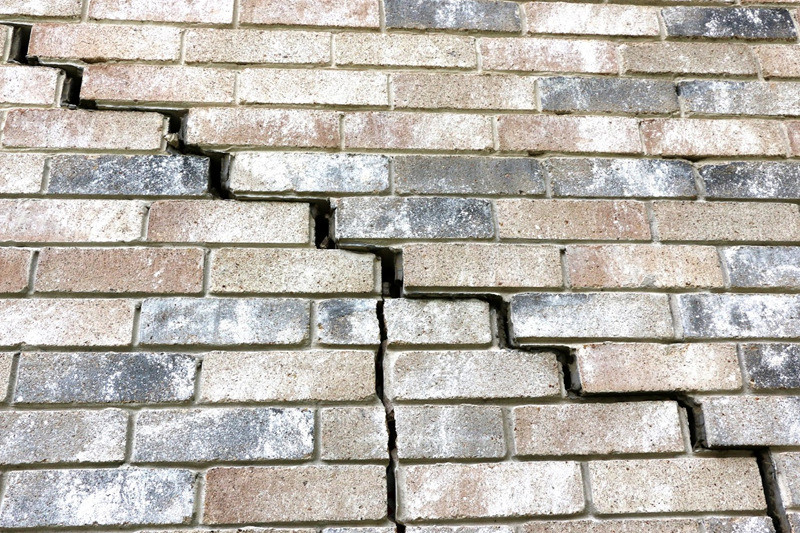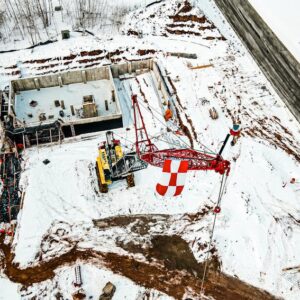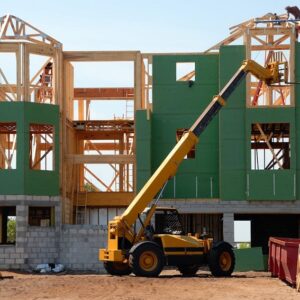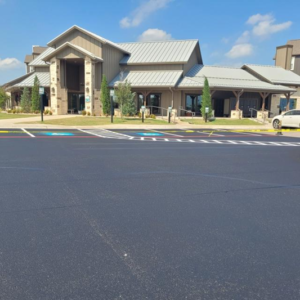They often say that a man’s home is his castle, but regardless of how you look at it, it is our safe place and we want to keep it in top condition. This sometimes means doing the maintenance necessary on a periodic basis, but it can also mean looking for bigger problems.
Unfortunately, there are times when the structure may experience issues. It is often due to expansive soil, but it can also be because of improper grading, poor site development, or even roots from nearby trees.
Like any problem, structural problems will have signs associated with it that you can watch for in advance. Being able to recognize the signs allows you to get help before the situation gets out of hand.
7 Signs Your Foundation Might Be in Trouble
You may find that your home experiences any number of different signs when the foundation is in trouble. Sometimes, it may even show more than one sign, which is an indication to you that you should get some professional help.
The following seven signs of foundation trouble are the ones that are most commonly seen before any foundation repair job. Anytime you see something unusual that could be an indication of foundation problems, it should be watched carefully.
1. Structural Cracks
If cracks begin to appear on the foundation wall, it can be a problem. Minor cracks are common when the concrete cures, but stair step cracks, horizontal cracks, and cracks that expand should not be considered normal.
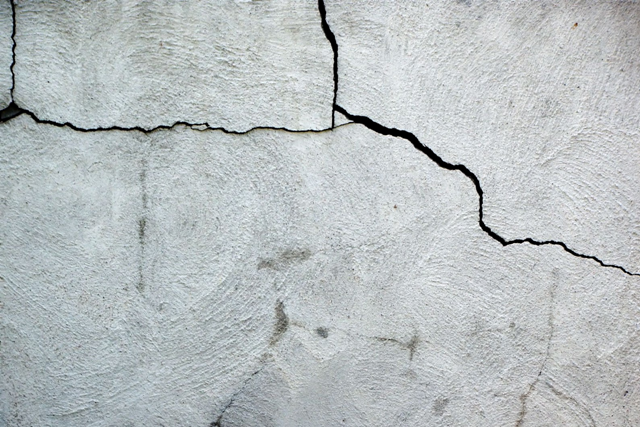
2. Sticking Doors and Windows
As the foundation shifts, it causes the entire frame of the structure to shift as well. This can put tremendous pressure on the frame of the structure, including the smaller frames around the windows and doors. That is why they may begin sticking when you open and close them.
3. Uneven Floors
Most people don’t notice uneven floors, but they can feel them when they walk across them. If the floor is sloping because of a sinking foundation, you may feel as if you are falling when you walk or you might get a feeling similar to vertigo.
4. High Energy Bills
One issue associated with structural problems is high humidity. This can have an impact on the entire home, and it makes it harder to keep it cool or warm. You may notice that your energy bill is rising as a result.
5. Drywall Nail Pops
There is significant pressure on the frame of the home when the foundation sinks. This can put pressure on the drywall, forcing nails to pop.
6. Leaning Chimney
Your chimney is probably heavier than you realize. It also is on a part of the foundation that is not well supported. Leaning chimneys, cracks in the chimney, or the chimney separating from the home are common signs of foundation problems.
7. Drywall Cracks or Separation
You may notice that cracks are appearing in the drywall, typically originating from the window or door frames. These cracks can also extend up the wall and continue on the ceiling.
When Should You Worry About Your Home and Foundation
If you notice one of the symptoms of structural problems, you should watch it carefully. One sign is not always an indication that your home is in jeopardy.
On the other hand, if you see multiple signs or if you see one sign that continues to get worse, you should consider it an indication that help is needed. Foundation problems and other serious structural issues are not a DIY project.
When you see significant indicators that a structural problem exists, contact a foundation repair company in your area. These companies know how to inspect the foundation properly and fix any problems you may be experiencing.
What to Do When You Have Structural Problems
There are always going to be differences from one project to another when structural problems exist. They all start with the same step, however, and that is getting a foundation inspection.
Foundation inspections from a legitimate source are more than an overview of the existing structure. They look at all of the signs of foundation problems, as well as digging in to discover where the problem originates.
After getting a foundation inspection, you will then be given a quote that outlines all of the foundation repairs necessary to get your structure back in shape again. You will also be given a price for the work.
Some common forms of structural repair include:
1. Underpinning
This process uses either push or helical piers that are driven into the ground until they reach stable soil or bedrock. They are then attached to the foundation so it can be raised and stabilized.
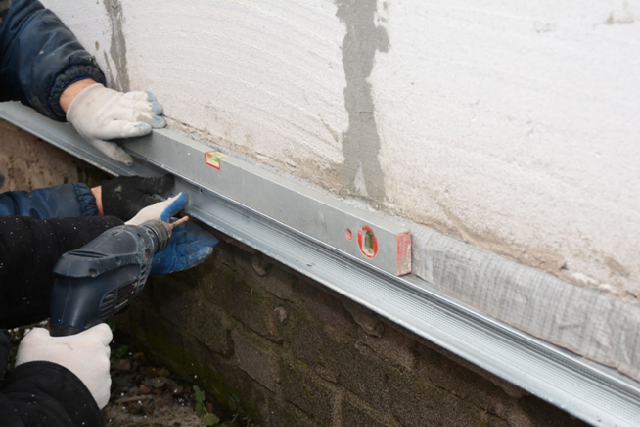
2. Crack Repair
Carbon fiber straps can be used to keep the crack from expanding. Epoxy is then deep injected into the crack to seal it permanently.
3. Concrete Lifting and Leveling
Exterior concrete slabs, such as driveways and sidewalks are typically lifted with polyurethane foam. The foam is injected through small holes in the concrete and as the foam expands, it lifts the concrete and levels it. For concrete inside the foundation, such as basement slabs, more extensive methods of slab lifting are used. This could include the use of slap piers and additional piers around the perimeter of the foundation.
4. Foundation Replacement
This is not usually necessary unless the issue is extensive. It is possible to replace either part or all of the foundation without physically moving the home to another location.
These types of structural problems are not something that should be overlooked. They will not get better on their own but rather, they will get worse and more expensive to repair. By taking action now, you are doing more than saving money, you are saving your home for many years to come.
Content Help
Timothy Roberts, an industry expert with 20+ years of experience working in construction and maintenance before retiring to the keyboard to pursue writing full-time.
